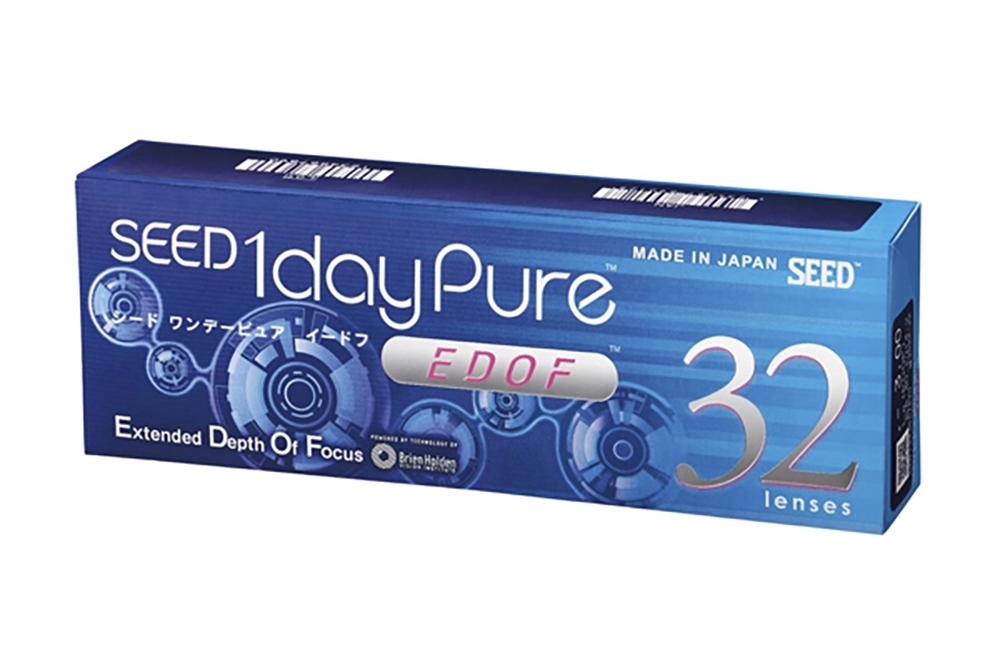We all know that when you reach the age of 40 you often need a reading prescription, and that nowadays children increasingly need a myopia correction due to a lot of screen and smartphone use. Children are much more indoors than outdoors, so more than ever before, they have to use their eyes at short to medium distances. It sometimes seems that a mobile phone has become part of our body, this applies not only to children but certainly no less to adults.
Now a system has been developed that has applications for both children and adults with reading difficulties. The so-called EDOF system. What does this mean? You may wonder. EDOF stands for E xtended D epth o f F ocus. This description actually explains itself very clearly what it is about. Most people have probably heard about progressive lenses or contact lenses. In this article we are going to be talking about contact lenses with the aforementioned EDOF system. Multifocal solutions often have the disadvantage that the near area has a limited depth of field. An EDOF solution is a multifocal solution in which the depth-of-focus area has been extended to the intermediate area, offering a much more realistic vision. However, this does not mean that this system is better for everyone than is the case with conventional multifocal solutions. Each person is different and that is what we are always working on to try to offer the most tailor-made solution for each person.
This system also works for children, I can imagine that when you read this that you think this is not correct. With a myopic eye, the correction to the periphery of the retina due to lens errors on the edges of both a spectacle lens and a contact lens ends up partially behind the retina. This effect is much more pronounced with a spectacle lens than with a contact lens, because a contact lens corrects almost immediately on the eye. With an EDOF system adapted to the strength needs of a child, the above-mentioned peripheral error can be corrected thanks to the EDOF geometry, however in children the peripheral images are even slightly imaged towards the periphery in front of the retina so that the eye progresses in the development of the retina, myopia is inhibited. We also call this Myopia Control.
With us we already have a group of children who have started this, some of these children have switched from the so-called Night lenses to this EDOF system (mainly in the form of EDOF daily lenses). Often because children towards secondary school sleep later and later, a night lens is less effective.
We also started with a small group of people over 40 with the EDOF system, again in the form of a daily lens variant. Part of this group already wears conventional multifocal daily contact lenses. Most people (more than 70%) in this group often report that when switching to EDOF, reading is near an improvement and that far distance was slightly less than with conventional multifocal contact lenses. What we do then is adjust this strength for far and then the problem for distance is mostly solved without affecting near vision.
Kim B. Chung
Owner Bonocchio Vision Care Center
